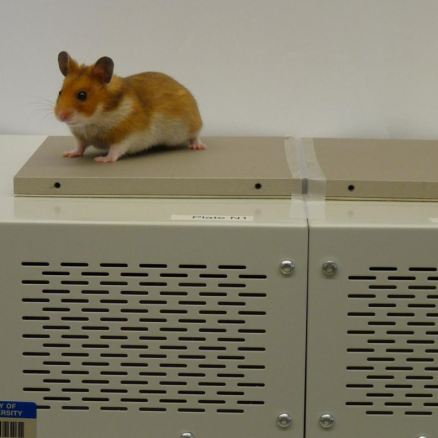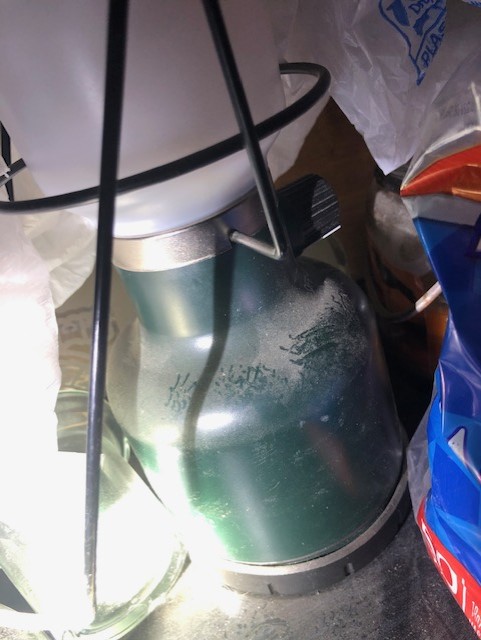It is well known that mice have an affinity for human structures–it is often said that wherever humans are, mice are likely to be. But while they can be a terrible nuisance, mice usually go to great lengths to avoid humans.
They tend to live in the parts of a house that we don’t, such as attics, wall cavities, crawlspaces, HVAC systems, and insulation.
Where Do Mice Hide During the Day?

Wherever people aren’t.
Mice live in areas people aren’t, such as wall voids and cabinets, suspended ceilings, or even in the voids inside appliances like stoves. Until you’ve grappled with a mouse problem, you might be surprised at how much space in your house you don’t see.
The typical mouse nest: Mice prefer to construct their nests in darker, secluded areas adjacent to heat sources, such as compressors, pilot lights, and water heaters. Roughly in the shape of a ball, the nests are usually 4 to 6 inches in diameter. Mice make them out of fine, shredded, fibrous materials.
Where to Find Mice in Your House
- Kitchens. In kitchens, mice usually hide under large appliances, like fridges or stoves. They can also hide inside cabinetry,
- Bathrooms. In bathrooms, mice like to hide under or inside cabinets.
- Bedrooms. One shudders to think about it, but mice could be under your bed, or worse, inside of it. Mice also appreciate closets, since they are dark–and many of us don’t clean them as regularly as we ought to.
- Basements/garages. Basements and garages have the ideal characteristics for a mouse habitat. They are dark and secluded most of the time. They are notorious dumping grounds for all kinds of bric-a-brac. Major appliances like water heaters provide warmth.
- Attics. One of the most common areas to find mice are in the attic. Mice are excellent climbers, and homeowners rarely go into their attics. Mice can use insulation, cloth, cardboard boxes, and other materials in an attic to create a nest.
- Crawl spaces: There are many reasons homeowners find mice hiding in crawl spaces. Crawl spaces offer easy access to an undisturbed place to nest and give birth.
When Are Mice Most Active?
It’s rare to see a mouse during the day. But are mice nocturnal? Not necessarily. Mice are primarily active at night, but they can occasionally be seen at other times. Mice are sensitive to light, and around dusk and dawn is a busy period for rodents. They use their other senses, especially vision and smell, to scavenge in the dark.
So, where do mice go during the day? Mice will go out scavenging for food when it’s quiet, or there’s a lack of activity in your home. They will go out during the day and when the lights are on if there is no other activity around. When you’re up and about, mice are likely hiding.
Mice typically do not travel more than 30 feet from their nests, made from materials they find in your home. Nesting materials include insulation, cardboard boxes, pillows, furniture stuffing, pieces of paper, carpet, leaves, and even trash. Mice nests are not pretty like bird nests. They’re just balls of scrap materials. They will store food and give birth in their nests.
Signs of a Hidden Mouse Infestation
You might not see a mouse, but you can hear them. House mice are also notorious for making scratching sounds noises as they move behind baseboards, drywall, and floorboards in homes. These sounds are caused by the pests’ nails digging into surfaces for grip.
Mice droppings are about ¼ of an inch long–around the size of a grain of rice. Also look for signs of gnawing on doors, ledges, or stored materials. Mice make a good deal of noise; some of their favorite pastimes–like running around and chewing on stuff–can be heard if you listen closely.

Unsure What Pest is in Your House?
Where Do Mice Hide Outside?
Like most pests, mice look for shelter–like that which occurs in dense underbrush and under debris. Landscaping with regularity and keeping your yard free of clutter is an easy way to make it less attractive to mice–and more attractive to the neighborhood at large.
How to Get Rid of Mice from Your House
Mice can breed at a staggering rate, so it is imperative to develop a comprehensive plan to address an infestation as soon as it becomes apparent. A mouse control plan that includes traps, rodenticides, and exclusion methods is the most effective way to get rid of mice.
Even if you get all mice out of your house, an infestation can return. Mice can gnaw through most construction materials, and it’s nearly impossible to remove everything that attracts a mouse to your house.
Trutech Wildlife Service offers an affordable recurring mouse control program that keeps your house rodent free.


